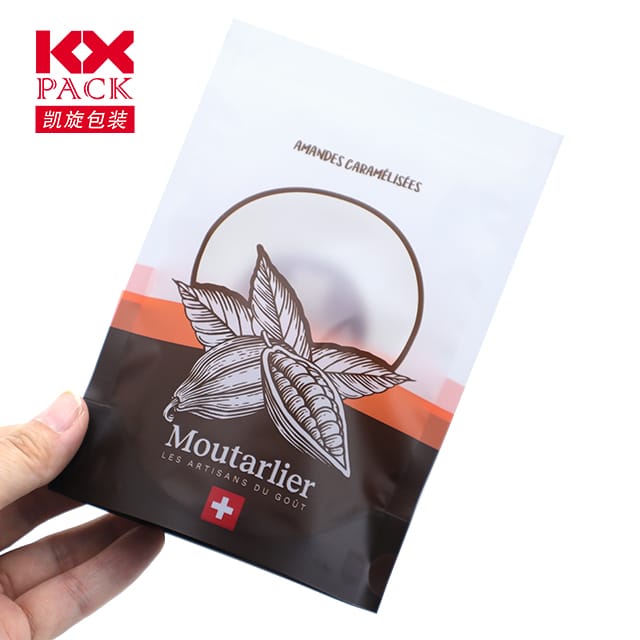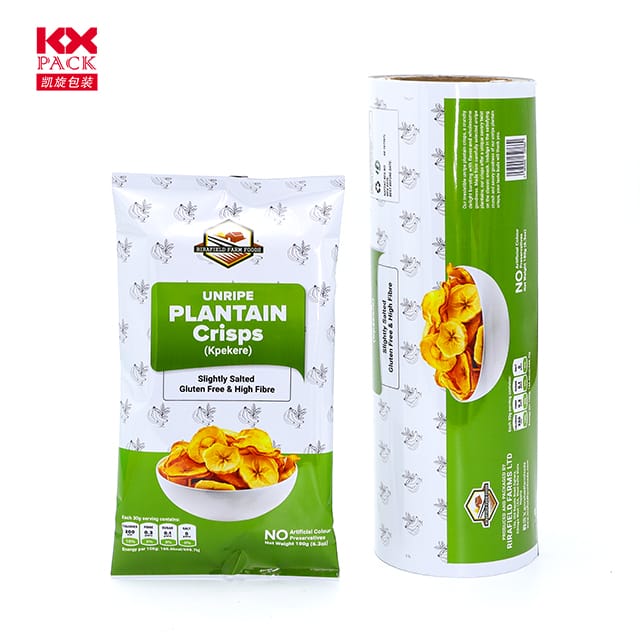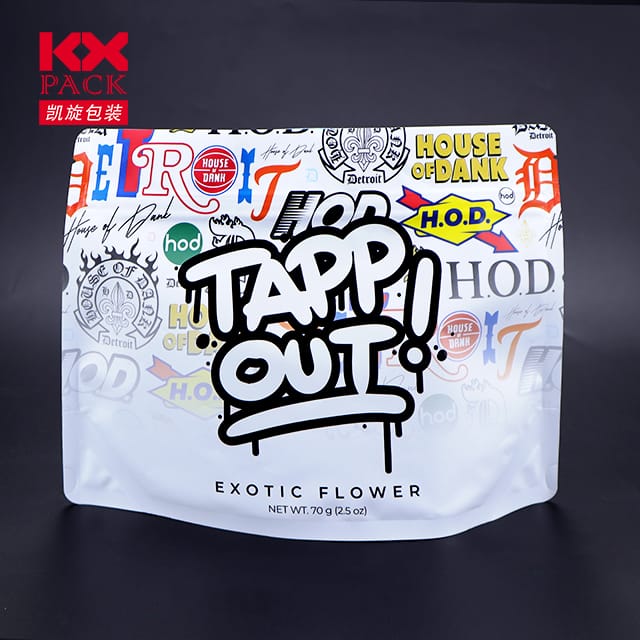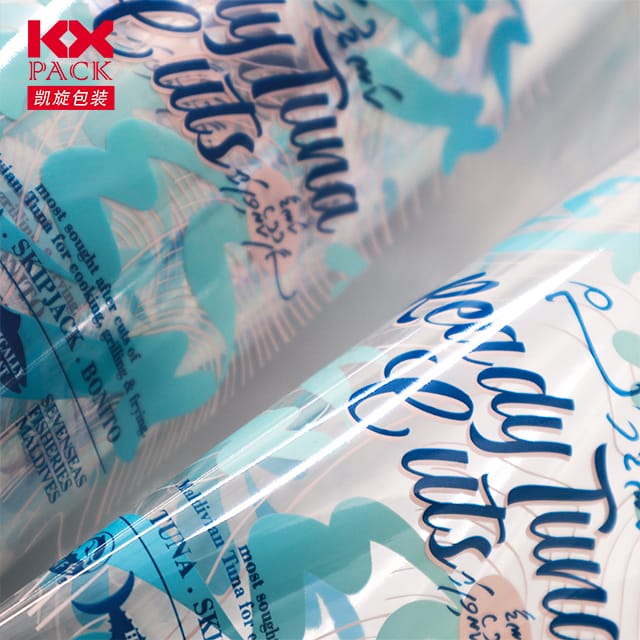Innovating Sustainability: The Evolution of Food Packaging Films(4)
Élelmiszer -csomagolófilmek
In an era where convenience meets environmental consciousness, élelmiszer-csomagoló fóliák have emerged as a critical battleground for balancing food safety, szavatossági idő, and eco-responsibility. Ezek vékonyak, versatile layers do more than just protect your snacks—they play a pivotal role in reducing waste, A frissesség megőrzése, and adapting to a circular economy. Let’s dive into the world of food packaging films and explore how they’re reshaping the future of sustainable consumption.
The Role of Food Packaging Films: Beyond Protection
Food packaging films are engineered to serve multiple purposes:
- Preservation: Barrier properties against moisture, oxigén, and light extend product shelf life.
- Kényelem: Easy-to-open seals, ledélhető cipzárak, and portion-controlled packaging cater to modern lifestyles.
- Biztonság: Tamper-evident designs and antimicrobial coatings ensure food integrity.
- Branding: Vibrant prints and textures help brands stand out on crowded shelves.
Még, traditional films (often made from single-use plastics) have faced scrutiny for their environmental impact. This has spurred a revolution in material science and design.
Sustainable Innovations: From Biodegradable to Compostable
The food packaging industry is embracing eco-friendly alternatives:
- Biológiailag lebontható filmek:
Made from renewable resources like corn starch, cukornád, or potato starch, these films break down naturally within months. Olyan márkák, mint BioPak és TIPA are pioneering compostable solutions for snacks, coffee pods, és még sok. - Ehető filmek:
Imagine a wrapper you can eat! Ehető filmek, often made from seaweed, gelatin, or plant extracts, are gaining traction for small items like candies or herbs. Olyan vállalatok, mint Jegyzetfüzet are pushing the boundaries with seaweed-based sachets. - Recycled Content Films:
Használat után újrahasznosított (PCR) plastics are being repurposed into packaging films, A szűz anyagok iránti támaszkodás csökkentése. Initiatives like the Ellen MacArthur Alapítvány új műanyag -gazdaság are driving adoption. - Intelligens filmek:
Technology meets sustainability with films that detect spoilage (via color-changing indicators) or extend freshness (through oxygen-scavenging layers). These innovations reduce food waste—a major contributor to global emissions.
Challenges and Trade-offs
While progress is promising, Az akadályok megmaradnak:
- Költség: Sustainable materials often come at a higher price tag, making adoption slower for small businesses.
- Performance: Biodegradable films may lack the durability or transparency of traditional plastics, affecting user experience.
- Infrastructure: Compostable films require industrial composting facilities, which are scarce in many regions.
- Consumer Confusion: Mislabeling or unclear disposal instructions can lead to packaging ending up in landfills instead of recycling streams.
The Future: Circular Solutions and Collaboration
The path forward lies inegyüttműködés across industries:
- Material Science: Investing in R&D for scalable, affordable alternatives (PÉLDÁUL., mushroom-based packaging, cellulóz nanoszálak).
- Policy: Governments are incentivizing sustainable packaging through tax breaks or bans on single-use plastics.
- Fogyasztói oktatás: Olyan márkák, mint Hurok are pioneering reusable packaging systems, encouraging a shift from “throwaway” to “return and reuse.”
- Circular Design: Creating packaging that’s easily recyclable, komposztálható, or biodegradable by design.
Your Role in the Sustainability Journey
As a consumer, you hold power:
- Support brands using eco-friendly packaging.
- Advocate for clearer labeling and recycling infrastructure.
- Reuse or repurpose packaging where possible (PÉLDÁUL., turning film scraps into craft materials).
Következtetés: Packaging with Purpose
Food packaging films are no longer just about keeping food fresh—they’re a symbol of our commitment to a healthier planet. By embracing innovation, fostering collaboration, and demanding accountability, we can transform these thin layers into a force for positive change.
The next time you unwrap a snack, ask yourself: Could this packaging be part of a sustainable future? 🌱🍃
What’s your favorite sustainable packaging innovation? Share in the comments! 👇







